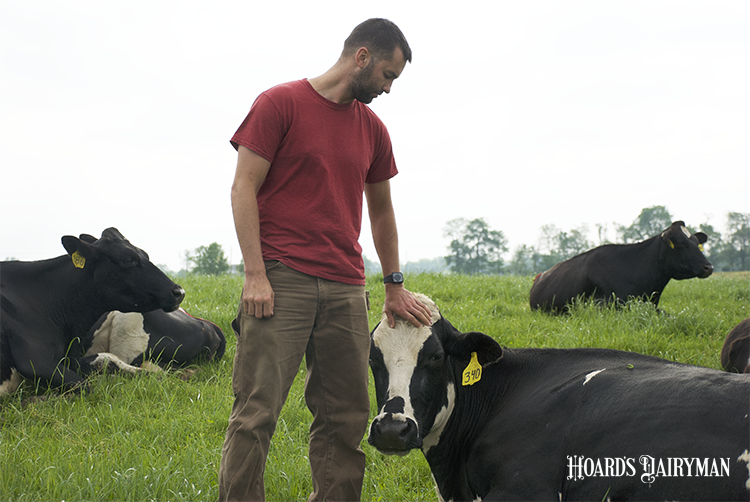
After the COVID-19 pandemic prompted an 18-month delay in routine animal care evaluations under FARM Version 4.0, implementation has been under way for a year. The program is pleased to share the results, so far, of the continuous improvement journey our industry has been on since 2009.
As of July 2022, half of all U.S. dairy facilities have had a second-party animal care evaluation conducted under Version 4.0 animal care standards. Version 4.0 priorities remained focused on:
• Maintaining a strong relationship with a veterinarian
• Implementing and documenting effective calf care
• Fitness to transport
• Nonambulatory animal management and euthanasia
• Continuing education for family and nonfamily employees
• Proper record keeping
• Using animal-based measures such as body condition and locomotion as indicators of cow-care quality
Of 13,231 evaluated facilities to date, 50% of facilities were freestall; 31% were tie stall; and the rest were evenly divided among pasture, open lots, and bedded pack/compost barns. The average herd size was 478 cows. Herd sizes ranged from one cow to 32,768 cows on-site.
Dairy facilities thus far have overwhelmingly continued to demonstrate a commitment to excellent animal care in all priority areas. On average, 88% of herds are providing continuing education on an annual basis for their family employees. Also, on average, 75% of herds provide the same continuing education opportunities for non-family employees.
About those calves
Specific to calves, the data shows that of the herds that perform disbudding, 92% are disbudding calves prior to 8 weeks of age. Pain mitigation is being using on 77% of herds for disbudding, of which, nearly 50% are using a local anesthetic, with the next highest portion using a nonsteroidal anti-inflammatory drug for pain relief.
Of animal-based measures, 99% of herds are meeting the knee injury score, while more than 98% are hitting the mark on body condition score, 97% on lameness, 96% on hygiene for calves, and 93% on hock injury benchmarks. Additionally, 82% and 86% of herds are meeting the hygiene benchmark for dry and lactating cows, respectively, and 81% of herds meet the broken tail benchmark.
Version 4.0 evaluations have also identified areas where additional industry support can be focused. For example, the most common areas for improvement are paperwork, which alone are responsible for more than three-fourths of all accountability measures that have been issued. The National Dairy FARM website has free templates and resources that help farms meet these standards. It also highlights opportunities for farmer advisors to support their clients around meeting these industry standards.
FARM Program governance committees have already begun reviewing the aggregate evaluation data to date, along with the 2021 industrywide feedback survey, to lay the groundwork for recommendations to incorporate into Farm Animal Care 5.0 that will be launched in July 2024.
A summary of recommendations from the FARM Animal Care Task Force reviewed by the National Milk Producers Federation Animal Health and Well-Being Committee will be shared in the program’s quarterly industry-wide town hall webinar September 8. Town hall registration information is on FARM’s webpage, www.nationaldairyfarm.com. The town hall will outline the proposed recommendations to be shared for a public comment period that will run from September 12 to October 28. Dialogue around the proposed recommendations is also welcomed at industry events including American Association of Bovine Practitioners annual conference, World Dairy Expo, and the NMPF/Dairy Management Inc. Joint Annual Meeting.







